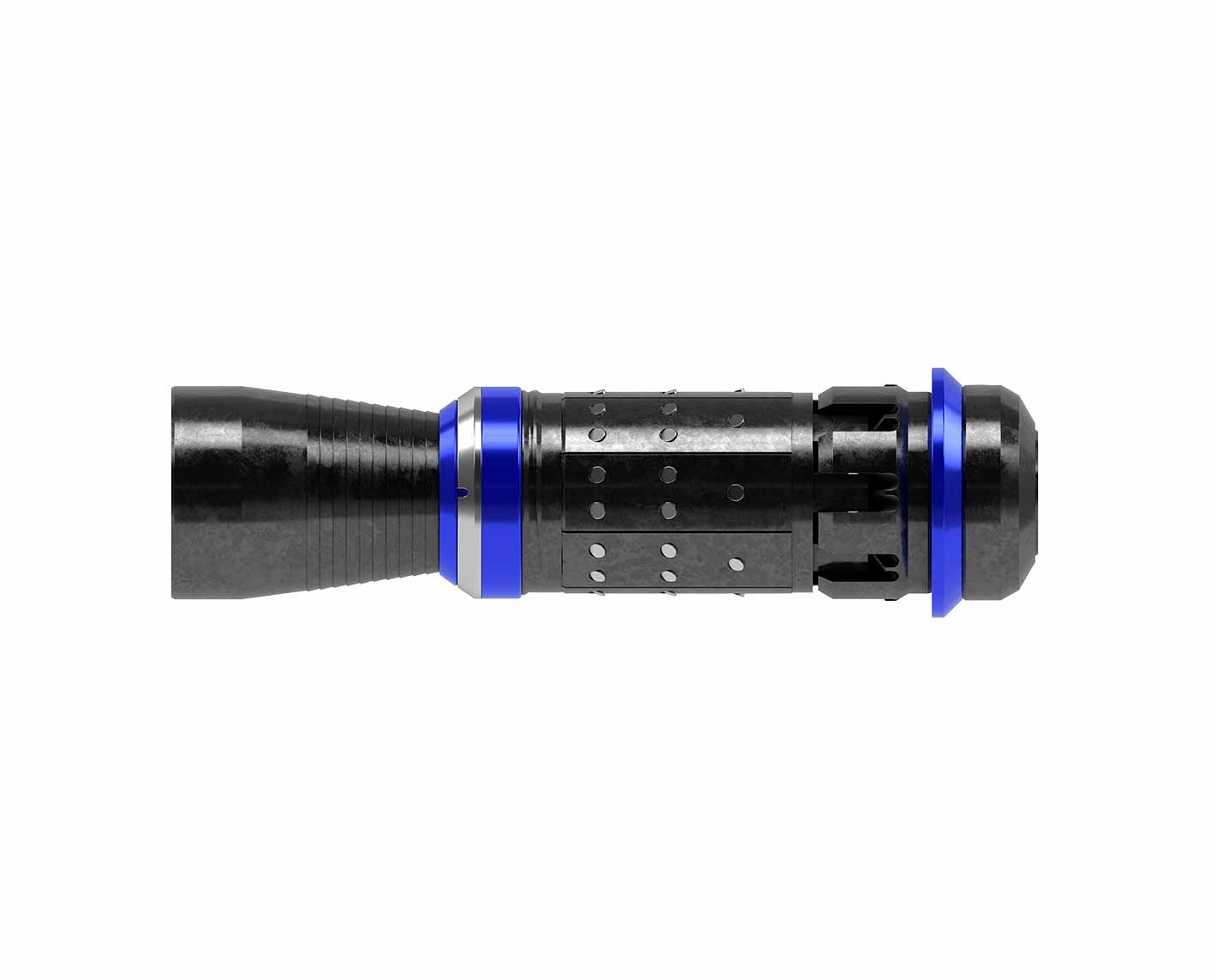KickStart
Rupture disc valve
Eliminate coiled tubing– or tubing-conveyed perforating in the first frac stage, saving money and time.

Reduce diesel consumption by more than 5,700 L per 50-stage well by eliminating coiled tubing milling
Reduce CO2e emissions by 31,000 kg by using 100 dissolvable plugs instead of 100 composite plugs
ReacXion Slim™ high-expansion fully dissolvable frac plugs easily dissolve in the presence of common wellbore fluids after fracturing is complete, considerably simplifying cleanout operations (by eliminating milling) and reducing time to production. The time savings result in reduced diesel consumption and hence, lower CO2e emissions. These plugs have a reduced OD compared with our other dissolvable frac plugs.
ReacXion Slim frac plugs require only minimal field assembly, hence reducing the potential for human error and operational delays. An antipreset design eliminates the risk of presetting while pumping into the well.
Load-transfer technology integrated into the frac plug design uses the casing as a supporting member, transferring the load from the ball to the ball seat, through the slips, and onto the casing. Pressure exerted on the ball during stimulation continues to reinforce the integrity of the plug’s seal, forming a tighter seal as pressure is increased.
Their field-proven materials ensure that these frac plugs dissolve fully and predictably in freshwater or common oilfield brines, depending on the version selected. Improved material selection also enables fast, controlled dissolution of the elastomer.
A proprietary field-proven coating protects the frac plug and prevents early dissolution, enabling plug placement in the well several hours before isolation is required. To complete isolation, a dissolvable ball is pumped down to the integral ball seat before fracturing begins. Optionally, the plug can be configured for deployment with the ball in place.
The content of this publication has not been approved by the United Nations and does not reflect the views of the United Nations or its officials or Member States.